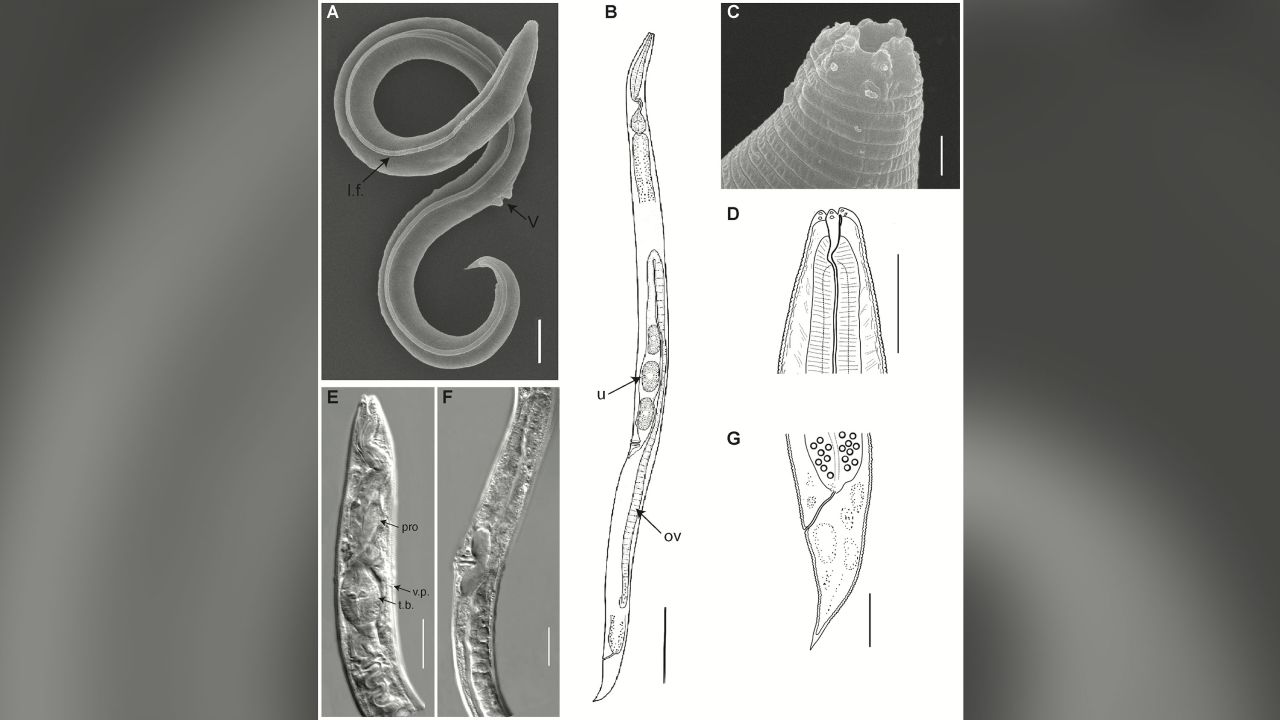CNN
—
Scientists have revived a worm that was frozen 46,000 years in the past — at a time when woolly mammoths, sabre-toothed tigers and large elks nonetheless roamed the Earth.
The roundworm, of a beforehand unknown species, survived 40 meters (131.2 toes) under the floor within the Siberian permafrost in a dormant state referred to as cryptobiosis, based on Teymuras Kurzchalia, professor emeritus on the Max Planck Institute of Molecular Cell Biology and Genetics in Dresden and one of many scientists concerned within the analysis.
Organisms in a cryptobiotic state can endure the entire absence of water or oxygen and face up to excessive temperatures, in addition to freezing or extraordinarily salty circumstances. They continue to be in a state “between dying and life,” by which their metabolic charges lower to an undetectable degree, Kurzchalia defined.
“One can halt life after which begin it from the start. This a significant discovering,” he mentioned, including that different organisms beforehand revived from this state had survived for many years quite than millennia.
5 years in the past, scientists from the Institute of Physicochemical and Organic Issues in Soil Science in Russia discovered two roundworm species within the Siberian permafrost.
One of many researchers, Anastasia Shatilovich, revived two of the worms on the institute by merely rehydrating them with water, earlier than taking round 100 worms to labs in Germany for additional evaluation, transporting them in her pocket.

After thawing the worms, the scientists used radiocarbon evaluation of the plant materials within the pattern to ascertain that the deposits had not been thawed since between 45,839 and 47,769 years in the past.
However nonetheless, they didn’t know whether or not the worm was a identified species. Ultimately, genetic evaluation carried out by scientists in Dresden and Cologne confirmed that these worms belonged to a novel species, which researchers named Panagrolaimus kolymaenis.
Researchers additionally discovered that the P. kolymaenis shared with C. elegans — one other organism usually utilized in scientific research — “a molecular toolkit” that might permit it to outlive cryptobiosis. Each organisms produce a sugar known as trehalose, presumably enabling them to endure freezing and dehydration.
“To see that the identical biochemical pathway is utilized in a species which is 200, 300 million years away, that’s actually hanging,” mentioned Philipp Schiffer, analysis group chief of the Institute of Zoology on the College of Cologne and one of many scientists concerned within the examine. “It implies that some processes in evolution are deeply conserved.”
And, Schiffer added, there are different actionable insights which may be gleaned by learning these organisms.
“By and analyzing these animals, we are able to possibly inform conservation biology, or possibly even develop efforts to guard different species, or at the least study what to do to guard them in these excessive circumstances that we’ve now,” he advised CNN.
